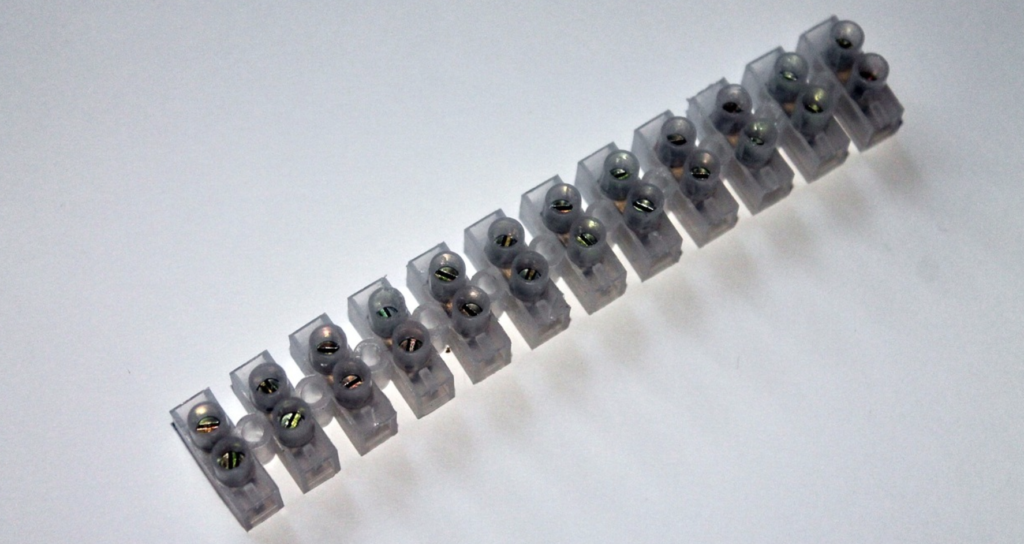
In the factory automation world, terminal blocks are a crucial part of operating numerous processes in a controlled manner, raising production quality and minimizing time. They help implement safe energy and signal distribution. This article outlines three crucial things to know about terminal blocks.
1. What are terminal blocks?
Terminal blocks are modular connections meant for reliable connections that secure two or more wires together while managing complex electrical circuits. They can also connect wires to earth or ground connections. Terminal block outer bodies are made of polyamide or melamine material. Ceramic blocks are favorable in industrial plants with excess dust deposits and unusually eroding environments.
A terminal block primarily utilizes copper alloy to ascertain the lowest contact resistance. Its wires are safely linked to current bars using clamps. Here are other crucial things to know about terminal blocks.
2. Types of terminal blocks
Technical blocks are grouped based on device type, termination options, and structure, including:
Device type
- Ground terminal blocks: These blocks electrically and mechanically link wires to the DIN rail via a conducting clamping foot. This makes the DIN rail function like a ground bus bar. As per international standards, these blocks are yellow and green
- Fuse terminal blocks: They’re used in control and electrical systems which need fuse protection
- Thermocouple terminal blocks: These blocks are used with thermocouple wires to measure temperature applications
- Sensor and I/O blocks: Sensor blocks control three or 4-wire devices, including proximity sensors. I/O terminal blocks create a link between a controller and a device
- Power distribution blocks: These blocks distribute the main power input into multiple power outputs. They’re broadly applied in enclosed equipment like machinery, HVAC systems, and electrical panels
- Disconnect terminal blocks: These blocks are meant for applications that require disconnection, which can be quickly developed by fitting a knife or lever switch
Structure type
- Single-level pass-through terminal blocks: Also called single-feed terminal blocks, single-level pass-through blocks link two wires together. They have a single output contact and one input
- Dual-level terminal blocks: For these blocks, a set of terminals is put on the single-feed terminal block
- Three-level terminal blocks: One extra terminal is stacked on the dual-level terminal block to create the three-level terminal block
Terminal block clamping options
- Push-in terminal blocks: These terminals enable you to connect wires by inserting them. Most of these blocks need you to use a ferrule to strengthen the conductor or wire’s end. Other push-in terminal blocks let you insert solid conductors directly or stranded conductors by putting a screwdriver into the release holes
- Screw terminals: These blocks are meant to tighten the terminal blocks’ conductors or wires. This clamping option accommodates various conductor or wire sizes
- Insulation displacement connector (IDC): This electrical connector links insulated cable conductors. You don’t have to strip the conductor insulation. The metal blades in the terminal penetrate to create a connection, minimizing the time you would otherwise spend stripping the insulation
- Spring clamp: The clamp’s pressure is meant to keep the wire well-clamped and is used to reduce rating applications
- Barrier terminal blocks: These blocks are used in power systems. A ring or spade terminal is connected to the wire, put into a bolt, and then tightened with nuts on the terminal blocks, preventing the wire from loosening because of vibrations
3. How to select a terminal block
Selecting a terminal block majorly depends on the use case. When choosing a terminal block, pick the type first, then establish the electrical specifications. Choose the accessories and finally compute the rail length.
Endnote
Terminals are the easiest ways to connect electrical wires to switches and outlets, directly to the ground or the mains. Consider familiarizing yourself with the crucial things to know about terminal blocks.